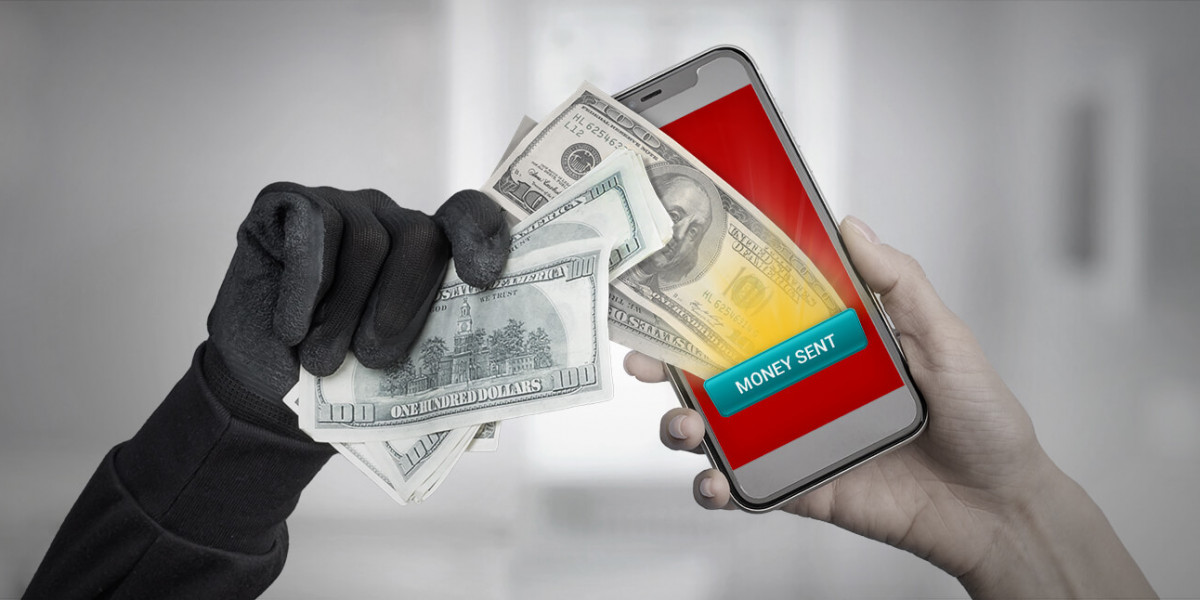The P2P payment market has rapidly evolved over the past decade, driven by the surge in digital wallets, mobile banking, and the need for faster, safer transactions. The P2P payment landscape is highly competitive, and players are continuously looking for ways to expand their offerings, enhance user experiences, and increase market share. One of the most effective strategies for achieving these objectives is through strategic partnerships and acquisitions.
This article examines the key strategic partnerships and acquisitions that are shaping the future of the P2P payment market and highlights the strategic reasons behind these moves.
1. The Role of Strategic Partnerships in the P2P Payment Market
Strategic partnerships in the P2P payment market allow companies to expand their customer base, access new technologies, enhance service offerings, and increase competitive advantage. These collaborations often span across industries, bringing together fintech companies, telecom providers, financial institutions, and even tech giants.
Key Reasons Behind Strategic Partnerships:
Expanding Market Reach: Partnerships with telecom companies or retail giants can help P2P payment providers access a larger, more diverse audience.
Technology and Infrastructure: Partnering with companies that offer complementary technologies (such as blockchain or artificial intelligence) can enhance the security and efficiency of payment platforms.
Local Market Expertise: Collaborating with local players can help global fintech companies penetrate emerging markets where they lack a presence.
Cross-Industry Solutions: Partnerships between fintechs and e-commerce platforms, for example, can create seamless payment experiences for consumers, leading to increased usage.
2. Notable Strategic Partnerships in the P2P Payment Space
The P2P payment space has seen numerous high-profile partnerships in recent years, especially between fintech companies, banks, and tech giants. These partnerships often serve to streamline payments, expand features, and unlock growth opportunities.
Examples of Strategic Partnerships:
PayPal and Uber: In a bid to enhance payment experiences for riders and drivers, PayPal partnered with Uber to provide a seamless payment experience within the Uber app. This partnership allows Uber drivers to access their earnings quickly and easily via PayPal’s P2P services (including Venmo). It also helps expand PayPal’s presence in the ride-hailing market.
Zelle and Banks: Zelle, a real-time payment network, has forged partnerships with over 1,000 financial institutions, including some of the largest U.S. banks, such as Chase, Bank of America, and Wells Fargo. These collaborations have allowed Zelle to provide direct P2P transfers from bank accounts in real-time, offering a strong alternative to apps like Venmo and PayPal.
Google Pay and PhonePe (India): Google Pay formed a strategic alliance with PhonePe, an Indian digital wallet, to facilitate cross-platform P2P payments. This partnership leverages Google’s international expertise and PhonePe’s local market penetration to increase adoption of mobile payments in India, one of the fastest-growing P2P markets in the world.
Alipay and Financial Institutions: Alipay, one of China’s leading P2P payment platforms, has formed numerous partnerships with financial institutions globally, including major banks in Southeast Asia and Europe. Through these partnerships, Alipay has been able to expand its reach beyond China, positioning itself as a leader in international P2P payments.
3. Key Acquisitions in the P2P Payment Market
Acquisitions have become a vital strategy for companies in the P2P payment market to acquire new technologies, enter new geographic markets, or access new customer segments. Strategic acquisitions allow companies to enhance their product offerings, integrate innovative technologies, and gain a competitive edge in an increasingly crowded market.
Notable Acquisitions in the P2P Payment Sector:
PayPal and Honey: In 2020, PayPal acquired Honey Science Corp., a company that specializes in couponing and discounting technology for online shoppers. The $4 billion deal helped PayPal expand its P2P payment offerings into the e-commerce space, allowing users to save on purchases and make instant payments through PayPal’s mobile wallet.
Square and Afterpay: Square, a leader in the mobile payment space, acquired Afterpay in a $29 billion deal in 2021. This acquisition is strategically significant for Square as it allows the company to integrate buy now, pay later (BNPL) services into its P2P payment platform, offering more flexibility and financial options for consumers and merchants alike.
Visa and Plaid: In 2020, Visa announced plans to acquire Plaid, a fintech company specializing in connecting consumers’ bank accounts to third-party apps, for $5.3 billion. Though the deal was later blocked by regulators, the acquisition signified Visa’s desire to enter the open banking space and expand its P2P payment capabilities by acquiring cutting-edge financial technology.
Mastercard and Finicity: Mastercard’s acquisition of Finicity, a provider of open banking and financial data aggregation solutions, further bolstered the company’s capabilities in the P2P payment market. The acquisition is intended to accelerate Mastercard’s digital payment innovations, especially in data-driven P2P transfers.
4. Impact of Strategic Partnerships and Acquisitions on the Market
Strategic partnerships and acquisitions have several long-term effects on the P2P payment market, helping companies to innovate faster, reach new users, and capture a larger share of the market.
Key Impacts:
Accelerated Innovation: Acquiring innovative companies or partnering with tech giants allows P2P payment platforms to quickly introduce new features, such as AI-based fraud detection, faster payment processing, and enhanced security protocols.
Increased User Base: Partnerships with established players in various industries (such as banks, e-commerce platforms, and telecom companies) allow P2P platforms to quickly tap into large customer bases. This access to new users often leads to a significant increase in transaction volume.
Global Expansion: Strategic acquisitions and partnerships enable P2P platforms to expand beyond their local markets. Global players like PayPal, Alipay, and Google Pay have successfully entered multiple international markets through strategic alliances with regional players.
Improved User Experience: Partnerships with mobile carriers, retailers, and other service providers help P2P platforms offer more seamless, integrated experiences. For example, users can make P2P payments, pay bills, and shop—all from a single app.
5. Looking Ahead: Future Trends in Strategic Partnerships and Acquisitions
The P2P payment market is expected to continue growing at a rapid pace. As competition intensifies, we can expect more strategic acquisitions and partnerships to emerge in the coming years. Here are a few future trends to look out for:
Focus on Security and Compliance: As digital payments become more ubiquitous, companies will seek partnerships and acquisitions that enhance security features and ensure compliance with evolving global regulations, including data privacy laws and AML regulations.
Cross-Border Expansion: International partnerships will play a crucial role in expanding P2P payment platforms into new geographies, especially in emerging economies where mobile payment adoption is on the rise.
Integration with Blockchain and Cryptocurrencies: We may see more fintech companies acquiring blockchain startups or forming strategic alliances to offer cryptocurrency-based P2P transactions, which would provide a faster, cheaper alternative to traditional cross-border payments.
Consolidation in the Market: As the P2P payment market matures, there could be increased consolidation as larger players acquire smaller startups with specialized technologies to enhance their product offerings.
Conclusion
Strategic partnerships and acquisitions are pivotal to the growth of the P2P payment market. These strategic moves enable companies to enhance their technological capabilities, access new markets, and offer a more seamless user experience. As competition intensifies and the market continues to evolve, further collaborations and acquisitions will play a significant role in shaping the future of digital payments. Companies that leverage these strategies will not only stay ahead of the curve but will also be in a strong position to capitalize on the burgeoning global demand for fast, secure, and convenient P2P payment solutions.










